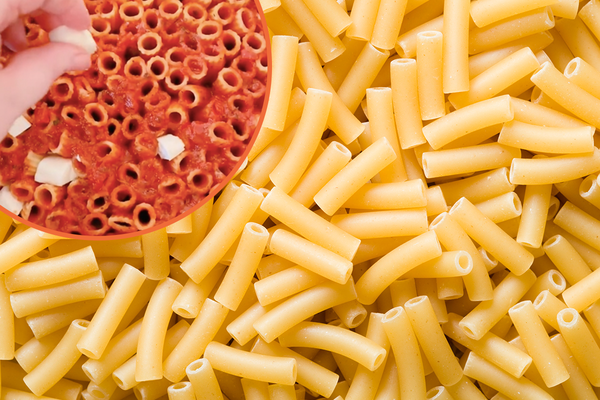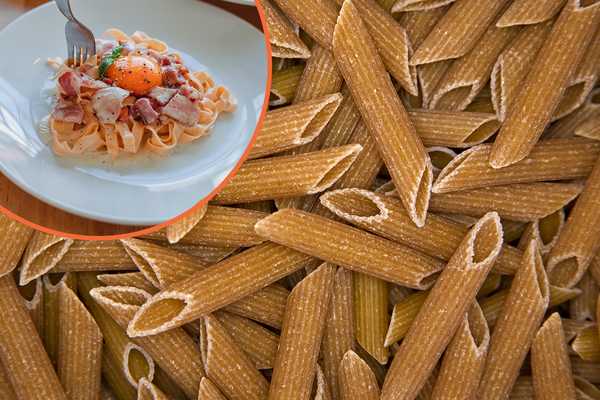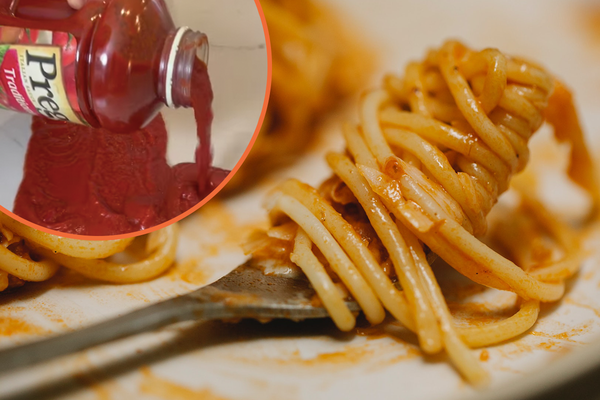Pasta
How to make pasta from scratch – 8 simple steps when creating dough at home
10 Dec 2020
3m
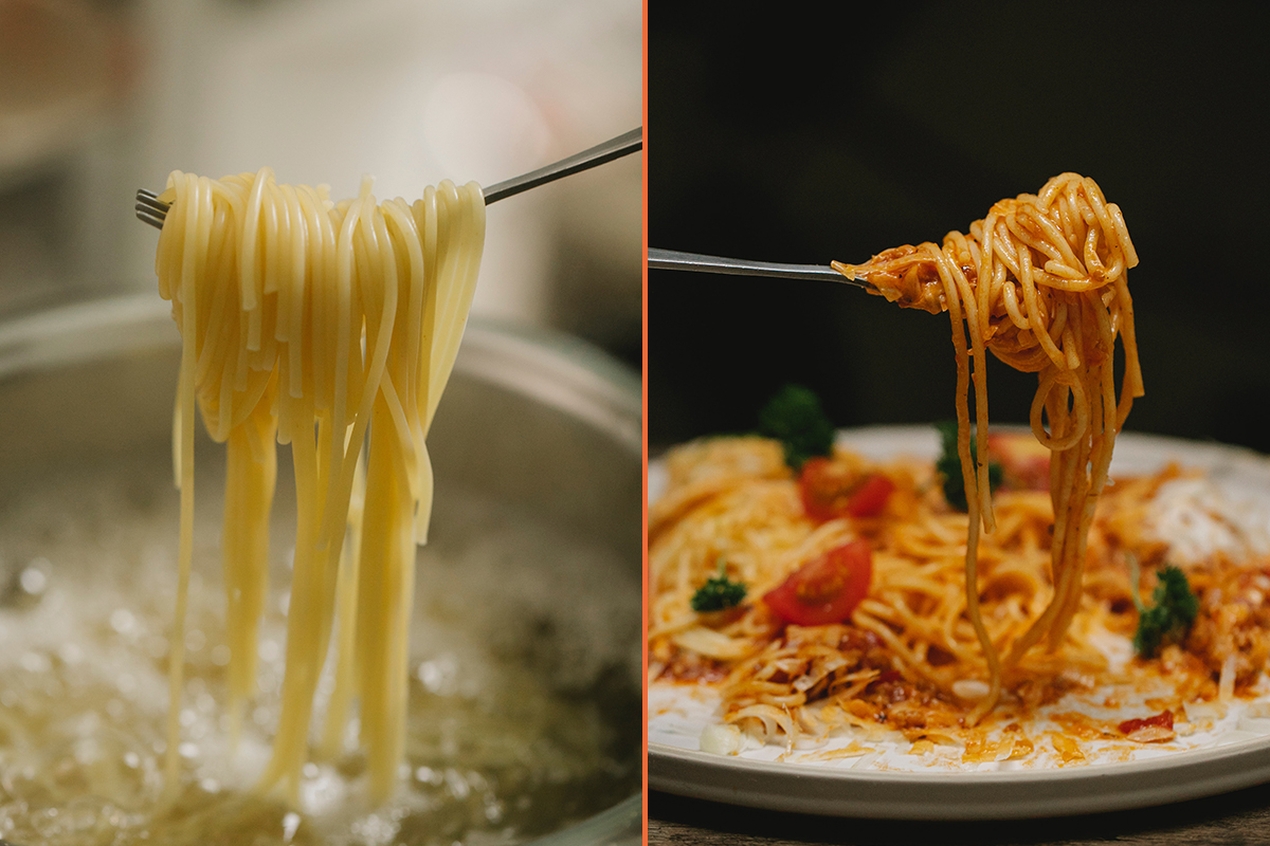
We eat a lot of pasta. As one of the easiest things in the world to fling at a pan and turn into something delicious, it’s hardly surprising that it has become one of our favourite foods. Because it’s so straightforward, most of us are content to spend time scoffing very average, store-bought products by the saucepan-load.
Though this fills a hole, it can’t come close to the real thing. Fortunately, making the good stuff yourself couldn’t be easier. Here’s our guide to preparing great pasta in the comfort of your own home.
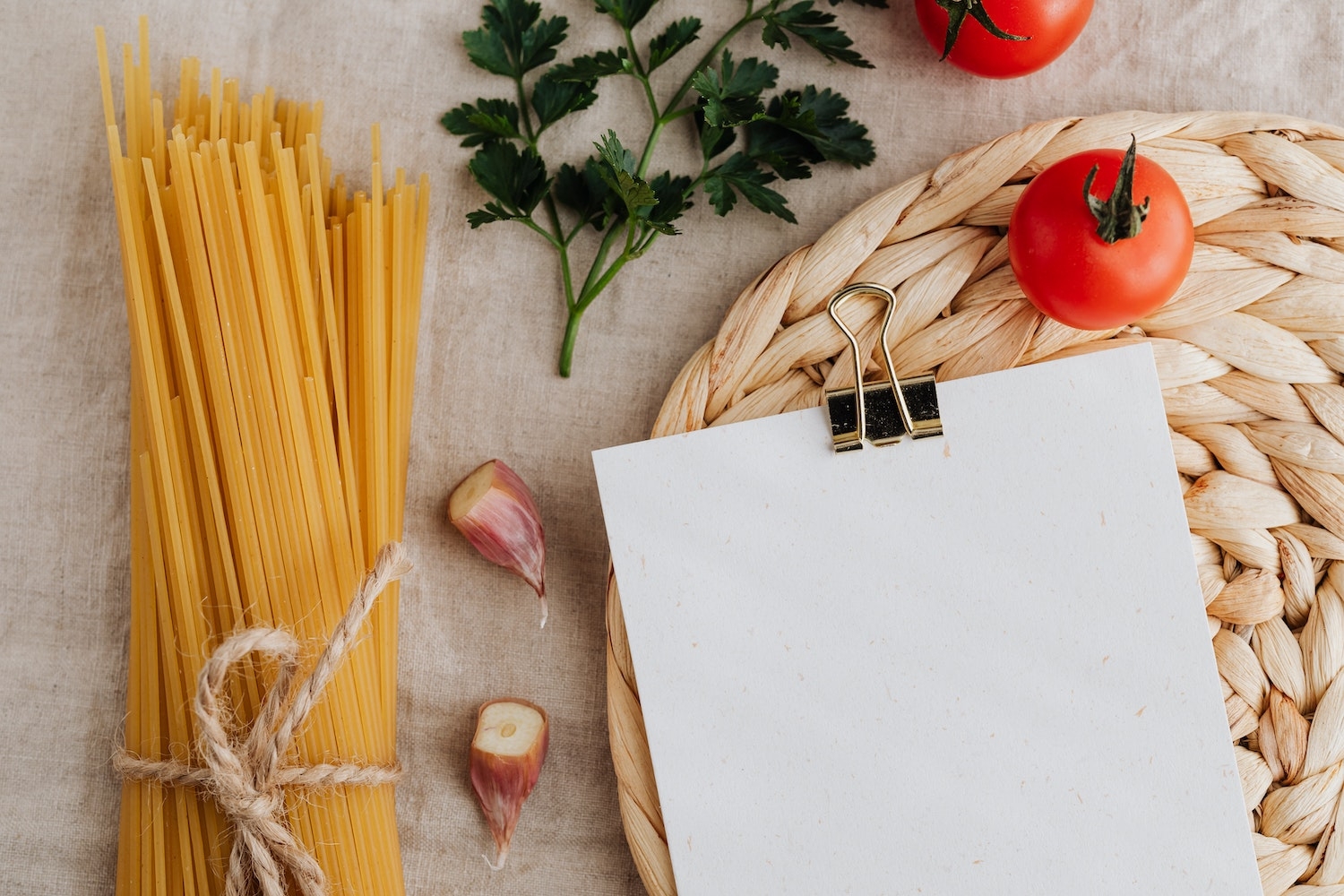 Pasta has become one of the nation’s favourite foods (Credit: Pexels)
Pasta has become one of the nation’s favourite foods (Credit: Pexels)
1. The right flour
Pasta dough is incredibly straightforward. There are two key ingredients that almost every pasta recipe demands: eggs and flour. However, the type of flour that you use is absolutely essential.
READ MORE: Pasta dishes that aren’t Italian – a Twisted Guide
Most recipes will call for type “00” pasta flour, as this tends to produce the silkiest, smoothest results. With experience, you can experiment with other variants, but for beginners this is definitely your best option.
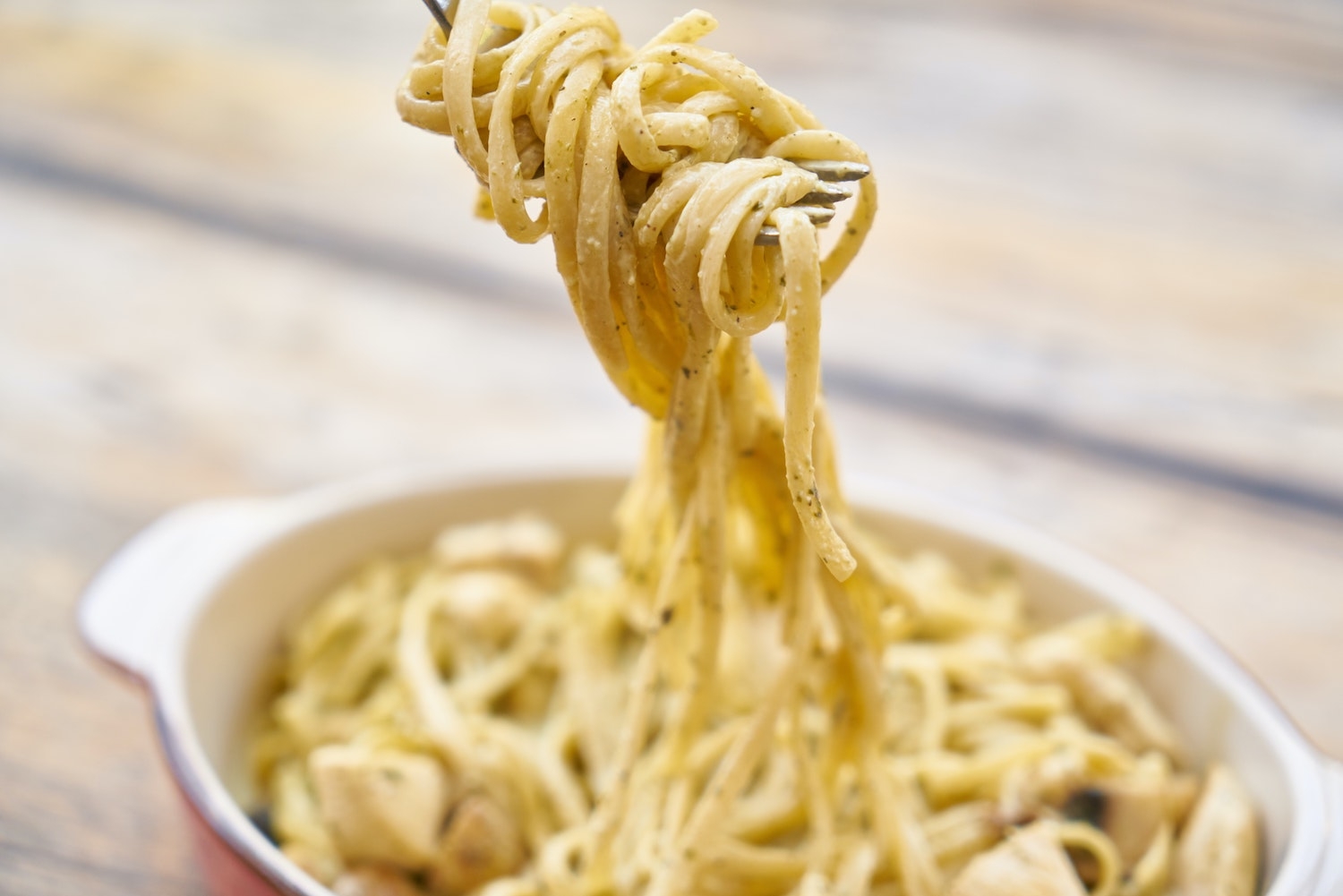 There are different ways to cook pasta (Credit: Pexels)
There are different ways to cook pasta (Credit: Pexels)
2. Starting the dough
To begin your masterpiece, place your flour in a large bowl, preferably seasoned with a dash of salt. Then, make a well in the centre and add your eggs. Whisk around the edges of the egg with a fork whilst incorporating a little more of the flour as you go. Once it has become too thick to work with a fork, remove it from the bowl and turn it out onto a work surface. Knead the dough with the rest of the flour until you have a smooth stiff golden ball.
READ MORE: Is pasta healthy? 8 surprising health benefits of our favourite comfort food
3. Preparation makes perfect
At this stage of the process, the key is time. Completely wrap your ball in cling film and leave to rest for at least 30 minutes in order to make it easier to work with. At this stage, the ball can be left in the fridge for up to a day if necessary. The rested dough should then be divided into four smaller portions, with one portion worked at a time and the rest covered to prevent drying out.
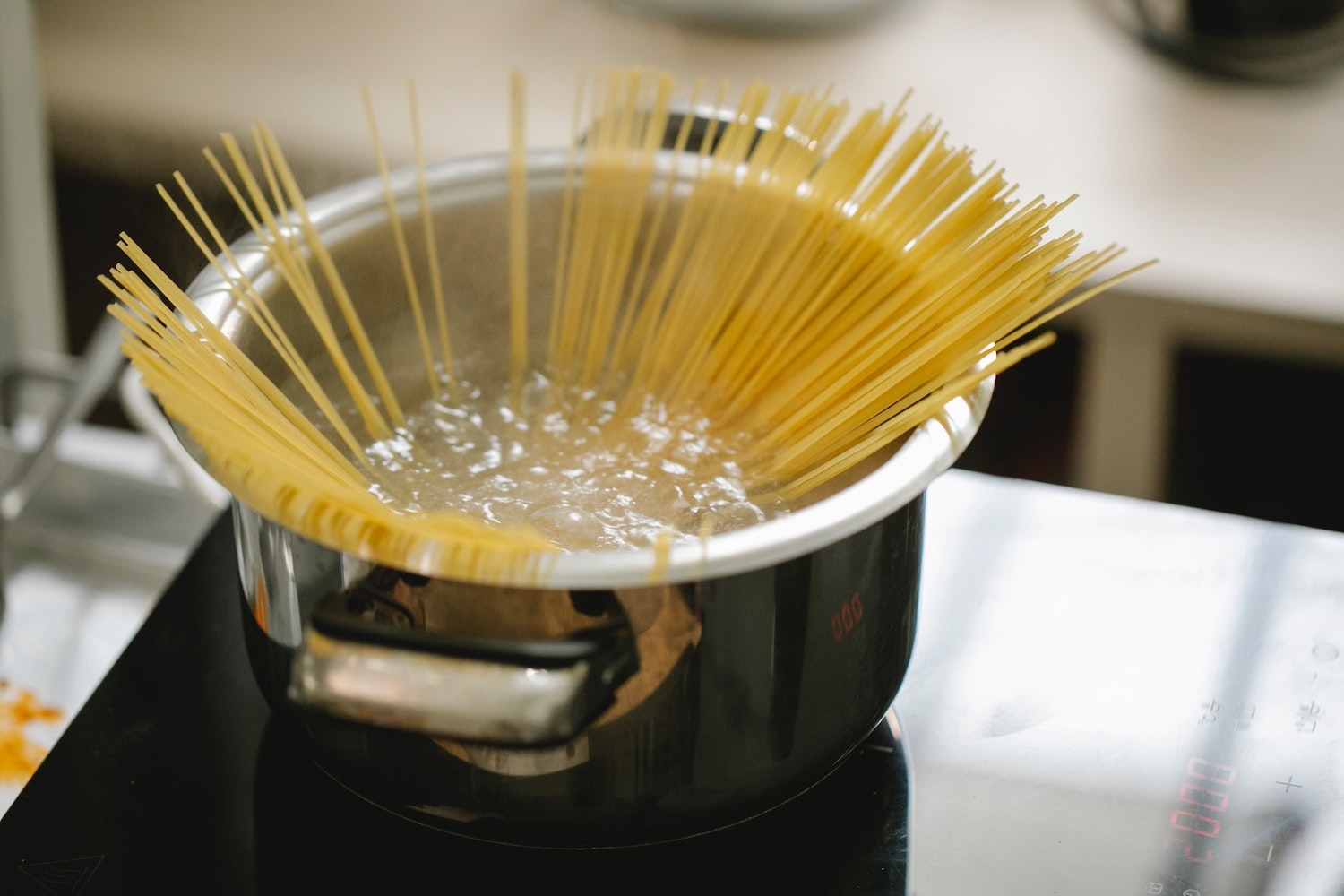 To ensure your pasta is just right, it’s important to use the correct flour (Credit: Pexels)
To ensure your pasta is just right, it’s important to use the correct flour (Credit: Pexels)
4. Just keep rolling
The real key to awesome pasta is thickness. When rolling out by hand, you should ensure that you have plenty of space to work in and continually dust with flour as you go. Don’t even think about cutting further until you can see your hand through the semi-see through dough.
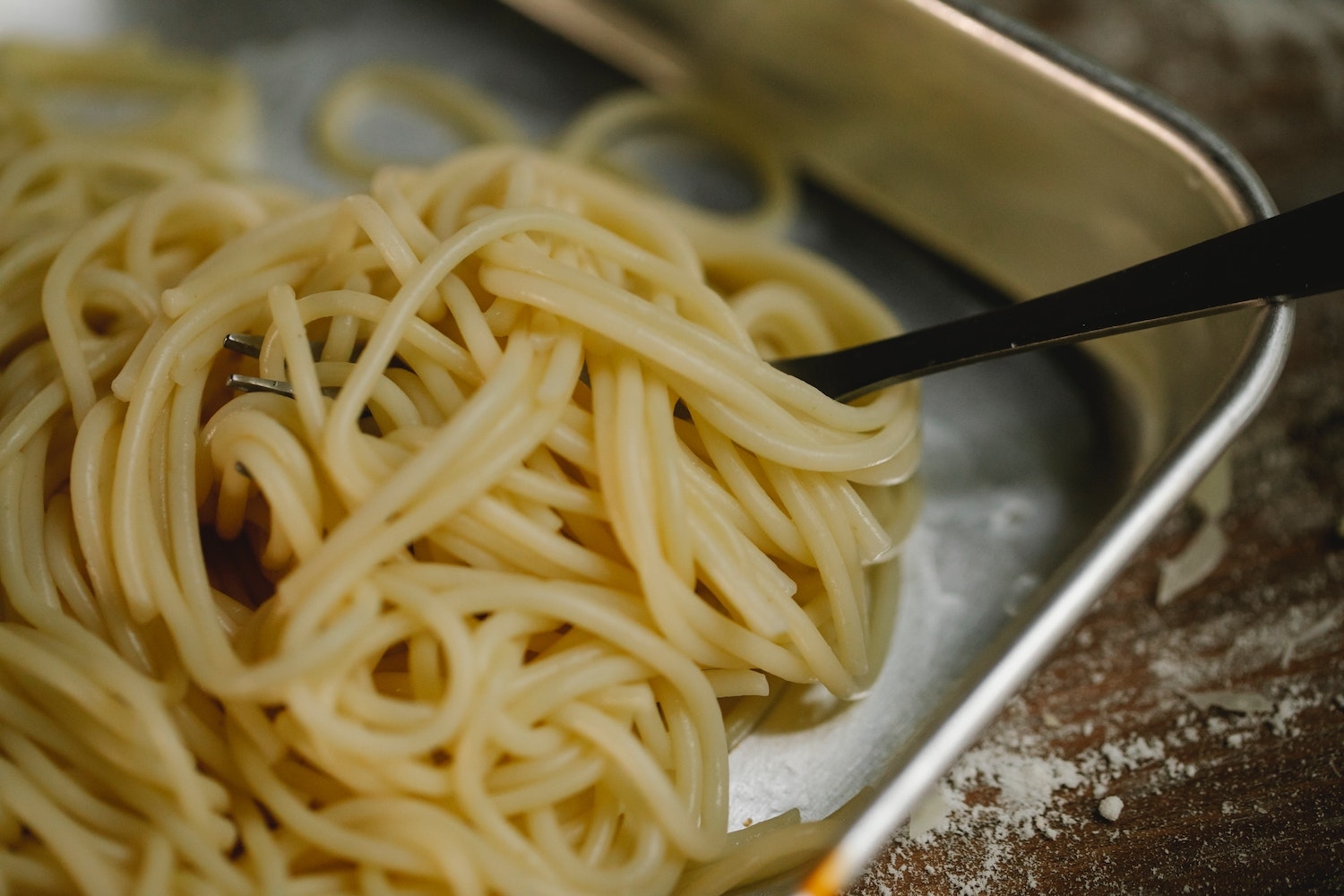 Pasta is one of the easiest things in the world to fling at a pan and turn into something delicious (Credit: Pexels)
Pasta is one of the easiest things in the world to fling at a pan and turn into something delicious (Credit: Pexels)
5. On the cutting floor
Once you are left with a long sheet of semi-transparent dough, the world really is your oyster. At this stage, you can begin to cut your pasta into long thin noodles, or shape into ravioli parcels – it is entirely down to you.
The important thing to remember is that, once you have chosen a type, don’t faff around. You don’t have to work like a maniac, but equally you don’t want to see your hard earned dough ruined through drying out.
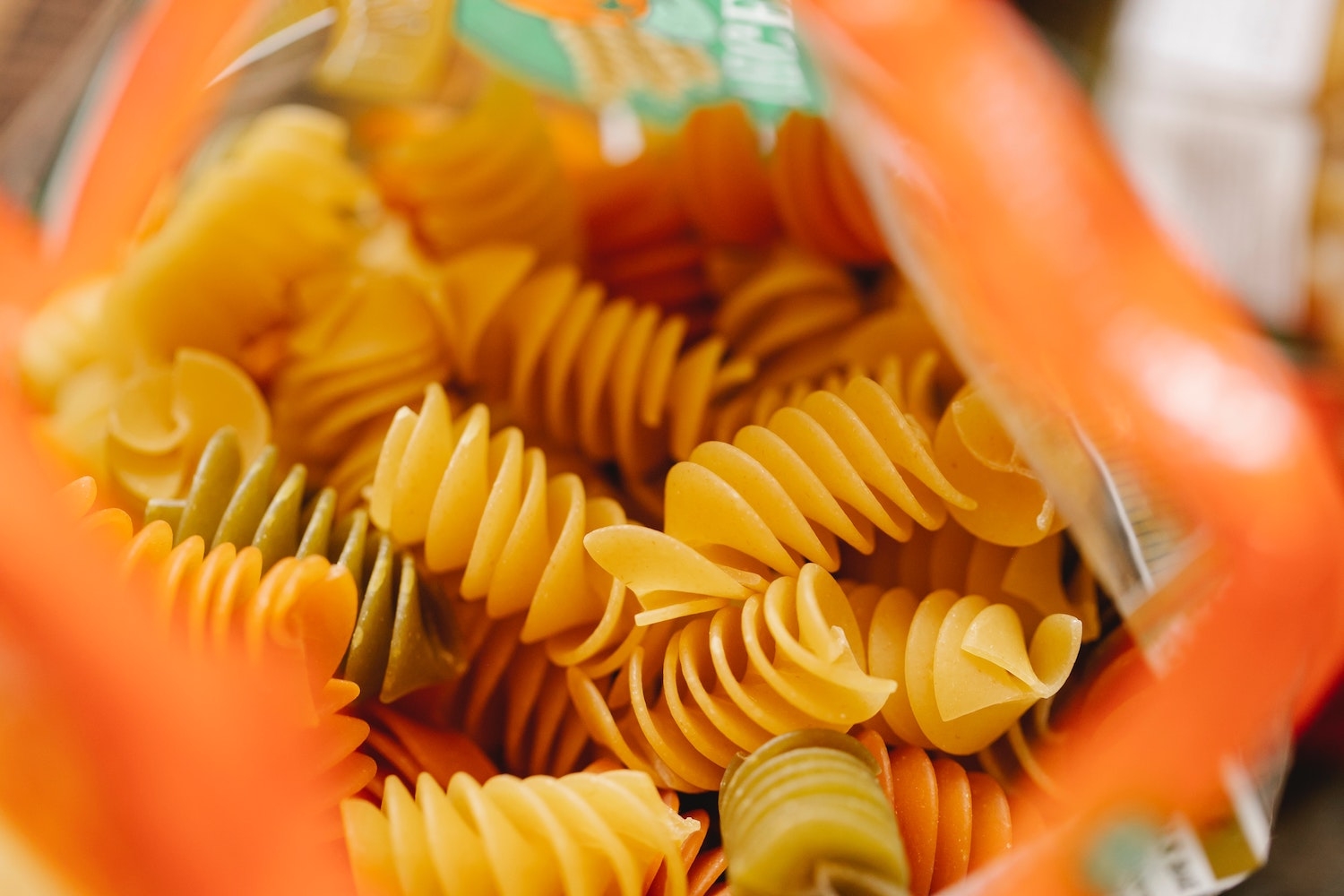 If you’re looking for a new way to wow in the kitchen, this is certainly it (Credit: Pexels)
If you’re looking for a new way to wow in the kitchen, this is certainly it (Credit: Pexels)
6. Cooking
Anyone used to working with dried pastas may believe that all pasta takes around 10 minutes to cook. In reality, fresh pasta takes a considerably smaller period of time and will disintegrate into a watery, mushy mess if left too long. Usually, a few minutes will do the trick, providing your dough was thin enough to begin with.
READ MORE: How to cook pasta – Twisted chefs reveal 7 amazing tips for al dente pasta
Though it might seem like considerably more effort to make pasta yourself, we promise the results are worth it. One of the best things about doing it this way is the total flexibility you have over the outcome.
With a bit of time and practise, you’ll be able to whip up anything from squid ink linguine to beetroot ravioli. If you’re looking for a new way to wow in the kitchen, this is certainly it.
